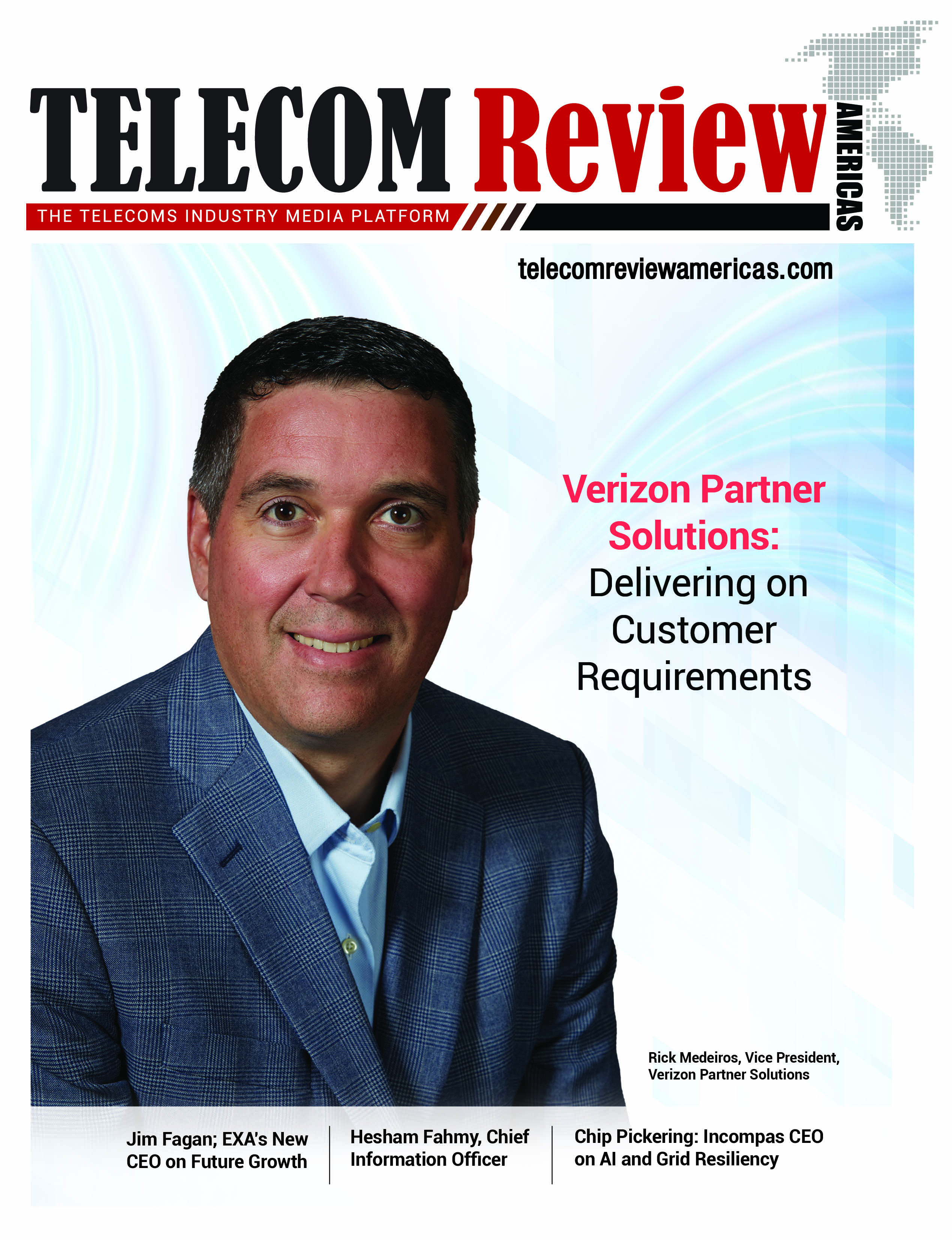Many of you are familiar with the various broadband initiatives in the US. It seems that every politician is telling us that we need more broadband coverage and asking why we don’t have it. This is despite the fact that you are forced to pay Universal Service fees that are now used for Broadband subsidies.
The Universal Service Fund is paid for by contributions from providers of telecommunications based of an assessment on their interstate and international end-user revenues. Examples of entities that contribute to the Fund are telecommunications carriers, including wireline and wireless companies, and interconnected Voice over Internet Protocol (VoIP) providers, including cable companies that provide voice service.
You are forced to contribute to this fund in many ways yet schools are not getting their broadband for the children. And politicians and bureaucrats are compiling useless studies at taxpayer and USF payer expense. This is while we have a perfectly good vehicle to get broadband to schools that apparently is being mis-managed. Your politicians are demanding studies and more taxes and more USF contributions to fix a problem that is easily corrected by fixing a bloated bureaucracy.
The National Telecommunications and Information Administration (yes another Government agency) is supposed to guide the Government in getting Broadband for schools. I read the recent post by a NTIA staffer that he recently spearheaded a research study last year and determined that we will not be able to provide WIFI to schools without “more cellular spectrum” as “that is the only way to provide WIFI!” Well…No! We have plenty of fiber to schools and can provide broadband via WIFI but the bureaucrat does not understand what he is regulating! That is the biggest problem in today’s government.
The FCC established four programs within the Universal Service Fund to implement the statute that address’ broadband for schools. The four programs are:
•Connect America Fund (formally known as High-Cost Support) for rural areas
•Lifeline (for low-income consumers), including initiatives to expand phone service for residents of Tribal lands
•Schools and Libraries (E-rate)
•Rural Health Care
Please call your legislators and let them know that what we need is to properly use our current resources and just get this fixed without any more Government bloviating.
Jeff Seal
Editor in Chief, Telecom Review North America


































